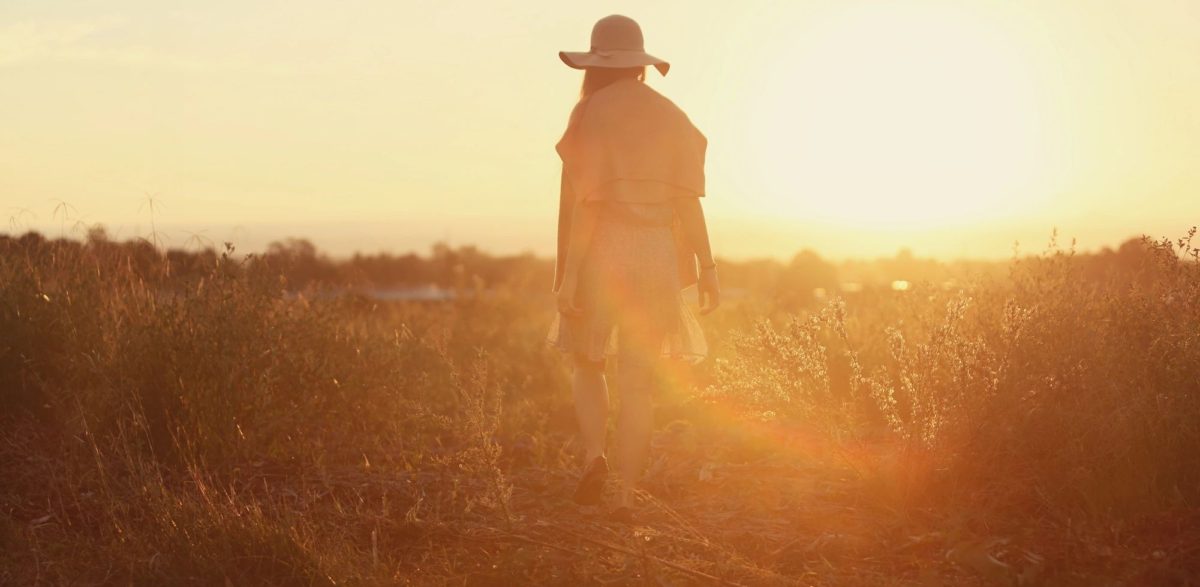I recently attended a lecture by one of my favorite writer-researchers, Parag Khanna. Parag has authored several books since I had the pleasure of meeting him. His first book, ‘The Second World,’ reads like a travel guide for diplomats, et al. He tours countries noting what they’re doing well. Doing well you ask? Who’s doing well these days?
That’s precisely my point. Call me a cock-eyed optimist, a rarity these days. Why might there be so few? I believe we’re all targets of ‘manufactured fear and pessimism’ but, moving along…
As Parag discussed his book, ‘The Second World,’ I was amazed at his command of the subject matter and, of course, humbled yet again. One of my most significant take-aways, was that, folks in China, Southeast Asia, Russia and Iran all refer to ‘the Middle East’ as West Asia. Spin a globe, put your finger in the middle of the Eurasian Continent and you’ll get this. Yep. It’s West Asia.
So, as you look at Syria, Libya, Jordan, Iraq and Israel as West Asia, what comes to mind?.
There’s a lot of food for thought here. Does your atlas include railroad lines being built as we speak? Fiber optic cables being laid? Oil and gas pipelines transiting 4,5 and 6 countries? There is a tremendous amount of development occurring there. I for one am happy for folks. It seems to me, we might just all get along.
For ambitious folks, Parag’s book, ‘The Second World.’ https://www.amazon.com/Second-World-Redefining-Competition-Twenty-first/dp/0812979842/ref=sr_1_1?crid=18ZD5C2PVE9OU&keywords=The+Second+World+Parag+Khanna&qid=1676341906&sprefix=the+second+world+parag+khanna%2Caps%2C202&sr=8-1
